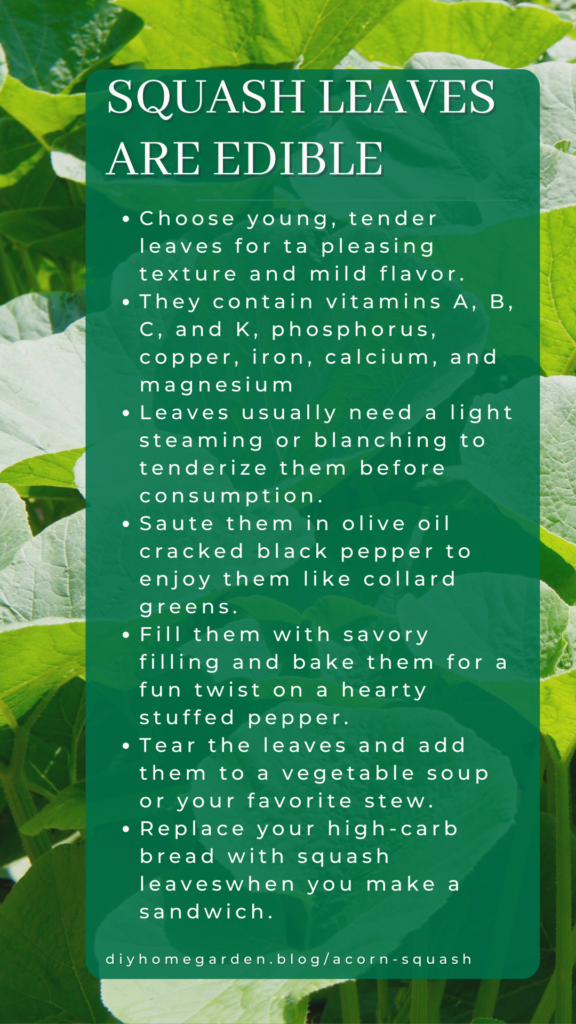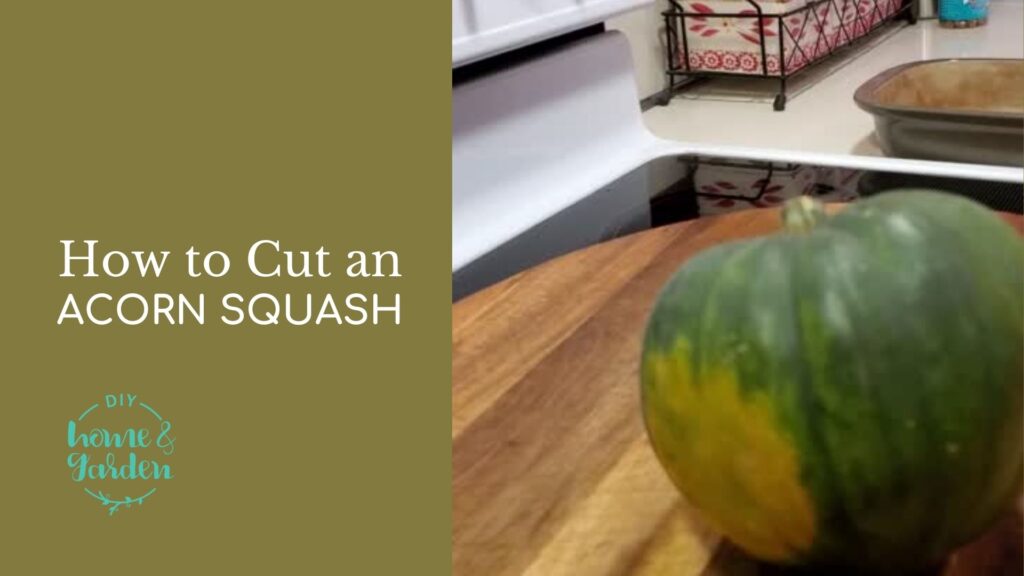Master your food dehydrator to store more–like summer squash, zucchini, and more.
Dehydrating yellow squash is a savvy way to preserve this nutrient-rich summer vegetable for year-round use. Not only does dehydration enhance the flavor and sweetness of the squash, but it also reduces weight and volume. Thus, the veggie is easier to store and incorporate into meals.
Here’s the best part. Once you master the steps we outline in this article, you can apply them to almost any similar squash.
What Are the Best Types of Summer Squash for Dehydration?
The best yellow squash cultivars for dehydrating are those that have a good balance of flesh to seeds, firm texture, and robust flavor. This ensures they hold up well during dehydration and maintain a good flavor profile. While there might not be specific cultivars strictly better for dehydration, here are some yellow squash cultivars that are popular among gardeners and cooks:
- Early Summer Crookneck: This variety has a curved neck and bumpy skin with a creamy texture and mild flavor. It’s a fast grower and typically ready to harvest within 50 days of planting.
- Straightneck Squash: As the name suggests, this variety has a straight neck, in contrast to the crookneck varieties. It’s slightly sweeter and has a good texture that holds up well when cooked or dehydrated.
- Golden Zucchini: Although technically a type of zucchini, golden zucchini is a yellow-skinned variety that can be used similarly to yellow squash. It has a mild flavor and dense flesh that can stand up to various cooking methods, including dehydration.
- Sunburst (or Pattypan) Squash: While it’s not a traditional choice for dehydration due to its shape, Pattypan squash has a delicious flavor and firm texture that could make it an interesting choice for dehydrating.
Remember, the key to good dehydration is choosing squashes that is fresh, firm, and free from blemishes. Also, consider the squash’s maturity. Younger squash often have fewer seeds and thinner skin, making them more ideal for dehydration.
Keep in mind that dehydration concentrates flavor. So, a squash variety that might taste subtly different when fresh can have a noticeably different flavor once dehydrated. Experimenting with different varieties could lead you to discover a new favorite!
Required Materials for Dehydration
To start dehydrating yellow squash, you will need a sharp knife, a cutting board, baking sheets if using an oven, or an electric dehydrator. You will also need fresh yellow squash. Look for mature, firm squash with vibrant yellow skin and minimal blemishes.

Preparation of Yellow Squash for Dehydration
Choose ripe yellow squash that is firm and free from any soft spots or blemishes. Wash the squash thoroughly under cool, running water to remove dirt or debris. Cut off both ends of the squash and slice the rest into thin, uniform rounds. Consistent thickness ensures even dehydration.
Is blanching summer squash before dehydrating necessary?
Blanching before dehydrating is a commonly recommended step for many vegetables, but for yellow squash, it’s optional. Some people prefer to blanch squash to halt enzyme activity which can cause loss of color and flavor during storage. However, others skip this step because dehydration can lead to a slightly mushy texture.
If you choose to blanch your squash, here’s how to do it:
- Boil a large pot of water.
- While the water is heating, cut your squash into even slices.
- Once the water is boiling, add the squash slices and blanch for two to three minutes.
- Immediately after blanching, transfer the slices to a bowl of ice water to stop cooking. This is called “shocking” the vegetables.
- Drain the squash slices thoroughly before arranging them on your dehydrator trays or baking sheets.
Remember to adjust the dehydration times accordingly, as blanched squash may take slightly less time to dehydrate than unblanched.
Blanching summer squash is a matter of personal preference when it comes to dehydrating it. You can try both methods and see which result you prefer.
Dehydrating Yellow Squash in the Oven
Preheat your oven to its lowest setting, ideally between 135-145 degrees Fahrenheit. Line your baking sheets with parchment paper to prevent sticking, and arrange the squash slices in a single layer, ensuring they do not overlap.
Place the baking sheets in the preheated oven and let the squash dehydrate for about six to eight hours, which may vary depending on your specific oven. Check the squash periodically to avoid over-dehydration. You’re looking for a brittle texture, a clear indicator that the squash is fully dehydrated.
Dehydrating Yellow Squash Using an Electric Dehydrator
Prepare the dehydrator trays by arranging the squash slices in a single layer, again ensuring they do not overlap. Set the dehydrator’s temperature to 135-145 degrees Fahrenheit and start dehydration.
Electric dehydrators typically take six to ten hours to fully dehydrate yellow squash. Check the squash every few hours for progress. The squash is done when it is completely dry and brittle to the touch.
Post dehydration processes
Once the squash has fully dehydrated, remove it from the oven or dehydrator and let it cool to room temperature. Test a piece by bending it. Fully dehydrated squash will be brittle and will snap rather than bend.
Testing dehydration
Another way to test if the squash is adequately dehydrated is to put a cooled slice in a plastic bag and seal it. If condensation appears in the bag, the squash is not completely dry and should be returned to the dehydrator or oven.
Storage Tips for Dehydrated Yellow Squash
Store your dehydrated yellow squash in airtight containers, such as mason jars or vacuum-sealed bags. Make sure the containers are clean and dry to prevent any microbial growth. Keep the containers in a cool, dark, and dry location to maximize shelf life.
If stored correctly, your dehydrated yellow squash can last up to a year. However, it’s always good to check your stored squash before use. Look out for any signs of moisture, mold, or off smells as these are spoilage indicators.
For those with vacuum sealing capabilities, this can extend the storage life of your dehydrated squash even further. However, after vacuum sealing, consider storing the bags in the freezer to ensure there’s no chance of insect infestation.
How to Use Dehydrated Summer Squash
Dehydrating yellow squash, and vegetables in general, is a versatile and efficient way of preservation that maintains most of the nutritional value while extending shelf life. It’s worth noting a few additional points on this process:
Variety of Uses: Dehydrated yellow squash can be used in various dishes. You can rehydrate them by soaking in water and using them in soups, stews, stir-fries, and casseroles. They can also be ground into a powder and added to smoothies or sauces for a nutrient boost.
Nutritional Retention: Dehydration largely maintains the nutritional value of the squash, retaining most vitamins and minerals. However, some vitamins, such as Vitamin C, which are sensitive to heat and air, may be slightly reduced.
Energy Efficiency: Compared to canning or freezing, dehydration is more energy-efficient over the long term because it doesn’t require continuous electricity to maintain food safety.
Dehydration Signs: Proper dehydration is crucial. Under-dehydrated squash may develop mold during storage, while over-dehydrated squash may lose flavor. Perfectly dehydrated squash should be brittle and snap when bent.
Safety Precautions: Always handle food with clean hands and tools to minimize the risk of foodborne illnesses. Also, ensure the containers for storage are clean and thoroughly dry to avoid bacterial growth.
Flavor Enhancement: Dehydration can intensify the flavors of the squash. This can add depth to your dishes and enhance the overall taste.
Experimentation: Dehydration provides a platform for experimentation. Feel free to season the squash before dehydrating. Simple seasonings like salt, pepper, or herbs can stick to the squash and boost the flavor once rehydrated.
Understanding these points can help you get the most out of your dehydration process, whether you’re dehydrating yellow squash or exploring other fruits and vegetables.
Hearty Vegetable Soup with Dehydrated Summer Squash
Ingredients:
- 2 tablespoons olive oil
- 1 large onion, diced
- 2 cloves garlic, minced
- 2 medium carrots, diced
- 2 stalks of celery, diced
- 1 cup dehydrated summer squash
- 1 medium zucchini, diced (or 1 cup dehydrated zucchini)
- 1 cup fresh green beans, cut into 1-inch pieces
- 1 red bell pepper, diced
- 4 cups vegetable broth
- 1 can (14.5 ounces) diced tomatoes
- 1 teaspoon dried basil
- 1/2 teaspoon dried thyme
- Salt and black pepper to taste
- 1/2 cup fresh parsley, chopped
- 1 tablespoon lemon juice
Instructions:
- Prepare the Vegetables and Rehydrate Squash: Wash and dice the onion, carrots, celery, zucchini, and bell pepper. Cut the green beans into 1-inch pieces. Mince the garlic and chop the parsley. Place the dehydrated summer squash in a bowl and cover with warm water. Let it rehydrate for about 20-30 minutes, then drain.
- Saute the Aromatics: Heat the olive oil in a large pot over medium heat. Add the onion, garlic, and sauté until the onion is translucent, about five minutes.
- Add the Remaining Vegetables and Rehydrated Squash: Add the carrots and celery to the pot and continue sautéing for another five minutes. Add the rehydrated summer squash, zucchini, green beans, and bell pepper. Sauté for about ten minutes until the vegetables start to soften.
- Add the Broth and Seasonings: Pour in the vegetable broth, diced tomatoes, and juice. Stir in the dried basil and thyme. Season with salt and pepper.
- Simmer the Soup: Bring the mixture to a boil, then reduce the heat to low. Cover the pot and let the soup simmer for about 20-25 minutes until all the vegetables are tender.
- Add Final Touches: Stir in the chopped parsley and lemon juice. Taste the soup and adjust the seasonings if necessary.
- Serve the Soup: Ladle the soup into bowls and serve warm.
The dehydrated summer squash adds an interesting texture and concentrated flavor to this hearty vegetable soup. You’ll find it to be a wonderful way to utilize your stock of dehydrated produce and a flavorful celebration of summer’s bounty in any season. Enjoy!
The Takeaway: Dehydrating Yellow Squash Lets You Store Lots of Goods in Less Space
Dehydrating yellow squash is a simple and effective way to preserve the harvest while keeping the flavor and nutritional content intact. Whether you’re using an oven or an electric dehydrator, the key to successful dehydration lies in consistent temperature control, even slicing of the squash, and proper storage.
Remember, dehydrating is as much an art as it is a science. Don’t be afraid to experiment with different thicknesses of slices and varying dehydration times to achieve your preferred texture and taste. The garden-to-table journey is filled with creativity and discovery – so start dehydrating and take pleasure in savoring your homegrown yellow squash all year round!



